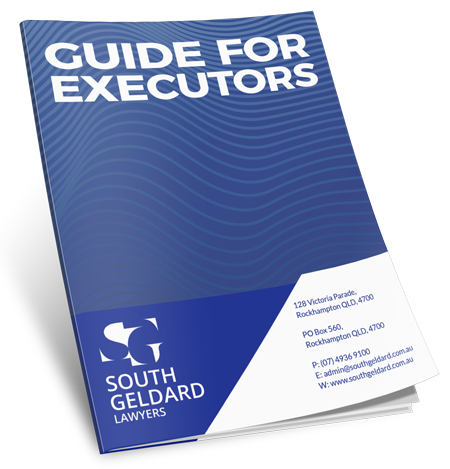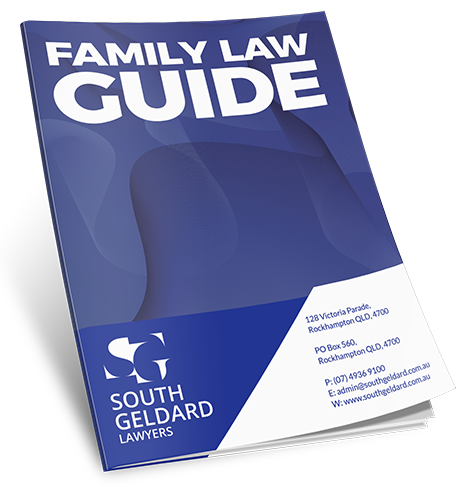A number of our clients have recently received a letter from the ATO asking them about the soundness of their investment strategy.
The ATO is concerned that some funds aren’t sufficiently diversified and are carrying too much risk. The letter reminds Trustees of the operating standard relating to “diversification” and goes on to say that they will be writing directly to the fund’s Auditor to advise them of their concerns. If the Auditor identifies that Trustees have failed to rectify any non-compliance, penalties may be imposed.
The Superannuation Industry (Supervision) Act and Regulations say that an SMSF must formulate an investment strategy and “give effect to” it (i.e. manage the fund in accordance with that strategy).
In formulating the strategy, Trustees are required to consider:
- The risks associated with the Fund’s investments;
- The likely return from investments, taking into account the Fund’s objectives and cash flow requirements;
- Investment diversity and the Fund’s exposure to risk due to inadequate diversification;
- The liquidity of the Fund’s investments having regard to the Fund’s expected cash flow requirements in discharging its existing and prospective liabilities (including benefit payments); and
- Whether the Trustees of the Fund should hold insurance cover for one or more members
So, what is your investment objective and how will it support your retirement plans?
Start by answering some key questions, such as:
- How old are the SMSF’s members? Are they in accumulation or pension phase?
- What assets do the Fund’s members have both inside and outside the Fund?
- How much income will you need in retirement?
- What level of investment risk are the members prepared to accept?
You will need to decide where to invest your assets in the same way professional fund managers carefully determine how to allocate funds across the various asset classes. The investment strategy should clearly state the types of asset classes you want to invest in – like equities, cash, fixed interest and property – as well as the percentage weightings (that is, the percentage of the fund that will be invested in that asset) and benchmarks for each asset class.
Next is to detail other investment rules or restrictions you wish to impose on the Fund. These rules can be used to specify diversification, manage risk, maintain adequate liquidity, or strengthen the probability of delivering strong after-tax returns.
Investing in ‘in-house assets’ (as defined by the Act) should be specifically referenced.
If you propose to invest in a material asset such as a business property or in “exotic” assets such as artworks or collectibles, a written strategy will assist in demonstrating that the relevant issues have been considered and that the investment is not ad hoc or reckless. Minutes should be kept, documenting the decision reached.
An SMSF is required to consider whether the Fund should take out insurance cover for one or more members. Insurance could be life cover, TPD (temporary or permanent disability) or income protection.
This requirement doesn’t mean that your Fund needs to take out insurance – it just means that you need to consider whether to do so or not. You should record this decision in a Trustee minute every year at the same time for minute reviewing the adequacy of your investment strategy.
If you have any queries with your SMSF, we can assist you to answer these.
It is important to seek specific advice regarding your circumstances as this fact sheet provides general information only and does not constitute legal advice.


